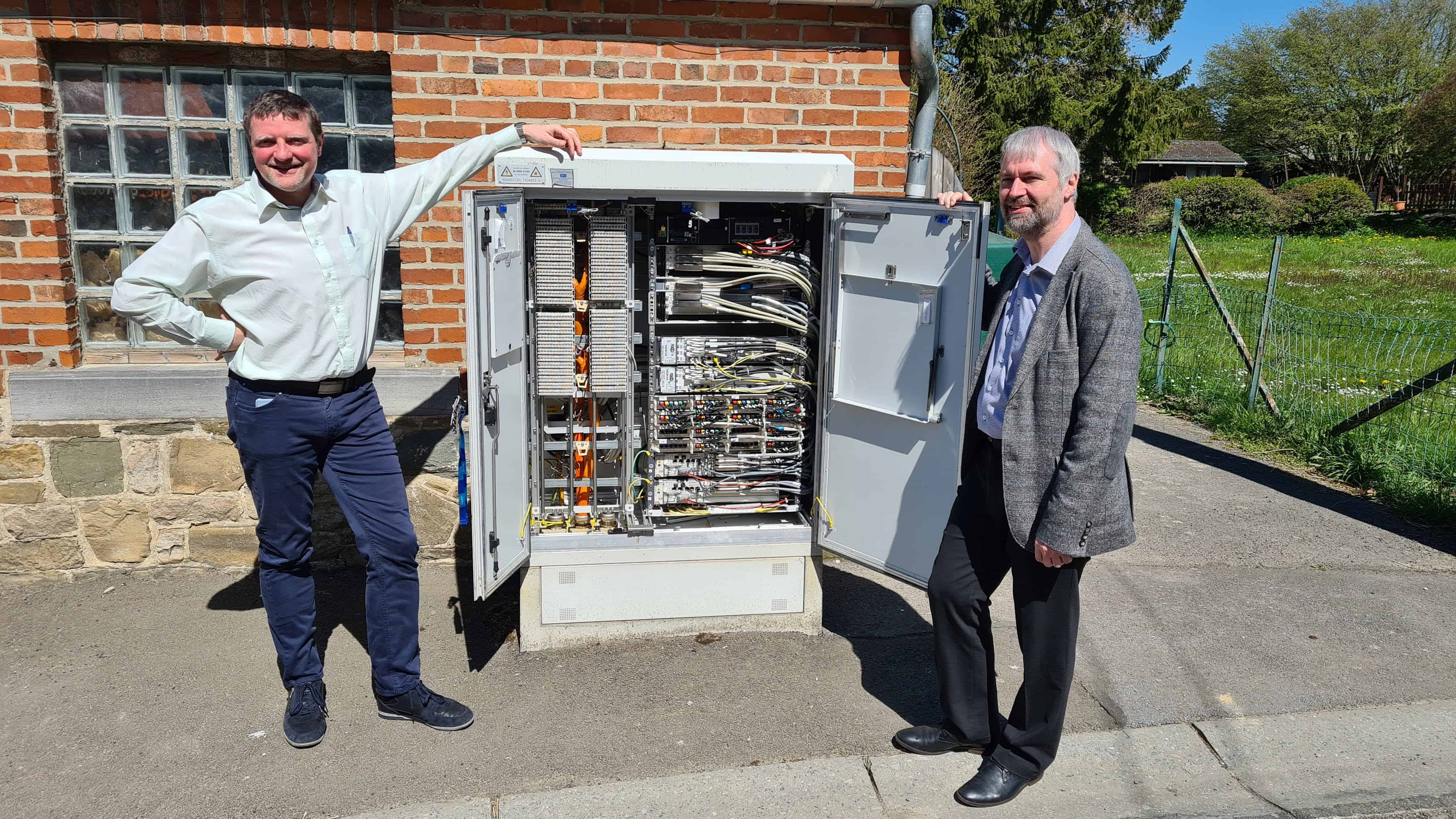Nokia and Proximus engineers have teamed up to develop '2MX6' technology, which allows the servicing of twice as many customers in a single street cabinet, improving existing VDSL infrastructure.
This innovation has just been deployed in real conditions for the first time in the world in Andenne. In the coming months, it will be rolled out in hundreds of additional street cabinets.
This new technology, which is based on the Quillion chip developed by Nokia, has another major advantage. While enabling higher speed and capacity, the Quillion chip also reduces power consumption. This is particularly important for Proximus, one of whose key priorities is the reduction of its ecological footprint.
Andenne is therefore the very first location in the world to benefit from this technological innovation, also referred to as "ultra-dense vectorization". The engineers at Proximus and Nokia do not intend to leave it at that. The goal is to insert the same equipment in hundreds of street cabinets in the coming months and years. This is obviously good news for Proximus customers, but also for the customers of all alternative operators who use the Proximus network. Their customers will also benefit from the improved VDSL ultravectoring connectivity.
Patrick Delcoigne, Director Network Engineering & Operations at Proximus
Our absolute priority is the fiber roll-out, which is at the heart of our strategy, to achieve 70% Fiber-To-The-Home coverage of the population by 2028.
Geert Heyninck, General Manager Broadband Access Business Unit at Nokia
Proximus and Nokia have been developing joint innovations for 20 years to get the most out of copper networks in combination with fiber. We have already raised the bar in recent years with VDSL and then with vectoring, but now we are going one step further with this new equipment for street cabinets.






















